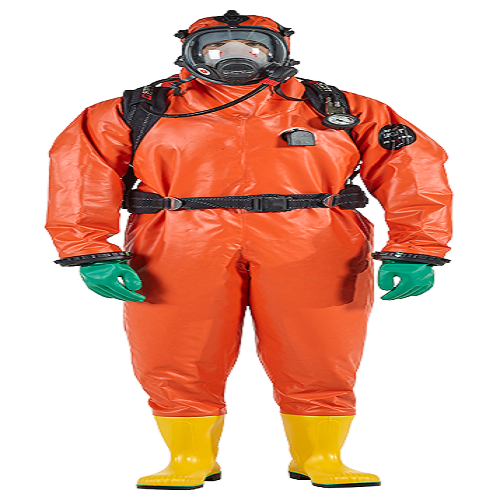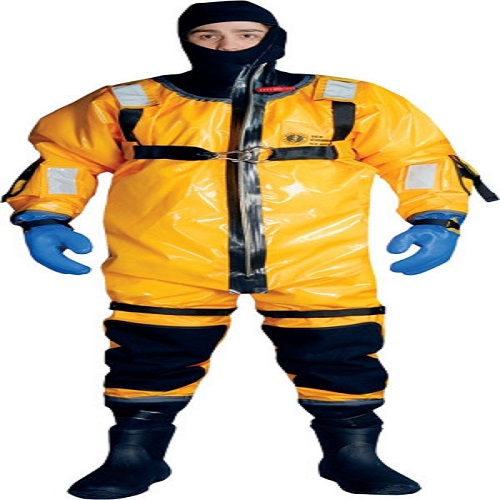

Emerging/Chemical/
Fire Suit Service:
1. Routine
Inspection and Cleaning (After Each Use)
This is the
most frequent level of service and is typically performed by the wearer or the
on-site team after every use.
Visual
Inspection:
-Check for
physical damage such as rips, tears, cuts, or abrasions on the outer shell and
inner layers.
-Inspect
zippers, closures, and fasteners (e.g., Velcro) for proper function.
-Look for signs
of thermal damage, such as charring, discoloration, or melting.
-Examine the
integrity of retro-reflective trim and other high-visibility features.
-Check all
interfaces, including gloves, boots, and the helmet/hood interface, for a
secure fit and any damage.
Cleaning and
Decontamination:
-Decontamination
is crucial to remove hazardous substances, including carcinogens, soot, and
chemical residues.
-The suit
should be cleaned according to the manufacturer's instructions.
Crucially,
home washing is not permitted for professional protective gear to
avoid cross-contamination. Cleaning should be done by a specialized service
provider or in a dedicated fire station facility.
-Use of
non-abrasive, approved detergents is mandatory to avoid damaging the
flame-resistant or chemical-protective properties of the fabric.
2. Advanced
Inspection and Cleaning (Annual)
This level of
service is performed by a certified professional or an authorized Independent
Service Provider (ISP). NFPA 1851 requires this service at least every
12 months.
Hydrostatic
Pressure Testing: For gas-tight chemical suits, a
hydrostatic or pressure test is required to check for leaks and ensure the suit
remains fully sealed. This involves inflating the suit to a specific pressure
and checking for a drop over a set period.
Separation
and Inspection of Layers: For multi-layered suits, such as
firefighting turnouts, the outer shell, moisture barrier, and thermal liner are
separated and inspected individually for damage, loss of integrity, or
contamination.
Moisture
Barrier Integrity Test: The moisture barrier is a critical layer that
prevents steam and liquid from reaching the wearer. It is tested using a
hydrostatic tester to confirm its ability to resist liquid penetration.
Repair: All
repairs must be performed by a certified professional using the same materials
and threads as the original manufacturer. Unauthorized repairs can compromise
the suit's protective qualities and render it non-compliant with safety
standards.
Documentation: Detailed
records of the inspection, including "as-found" and
"as-left" conditions, repairs performed, and cleaning logs, are
maintained for each piece of gear. This documentation is essential for audits
and for tracking the history of the suit.
3.
Retirement of the Suit
All protective
suits have a limited-service life.
Time-Based
Retirement: Most protective gear, particularly firefighting turnouts,
must be retired no more than 10 years from the date of manufacture.
Some components, like the reflective outer shell, may have an even shorter
service life (e.g., 5 years).
Condition-Based Retirement: A suit must be retired immediately if it is damaged beyond repair, has been exposed to a catastrophic event (e.g., a flashover), or cannot be properly decontaminated.